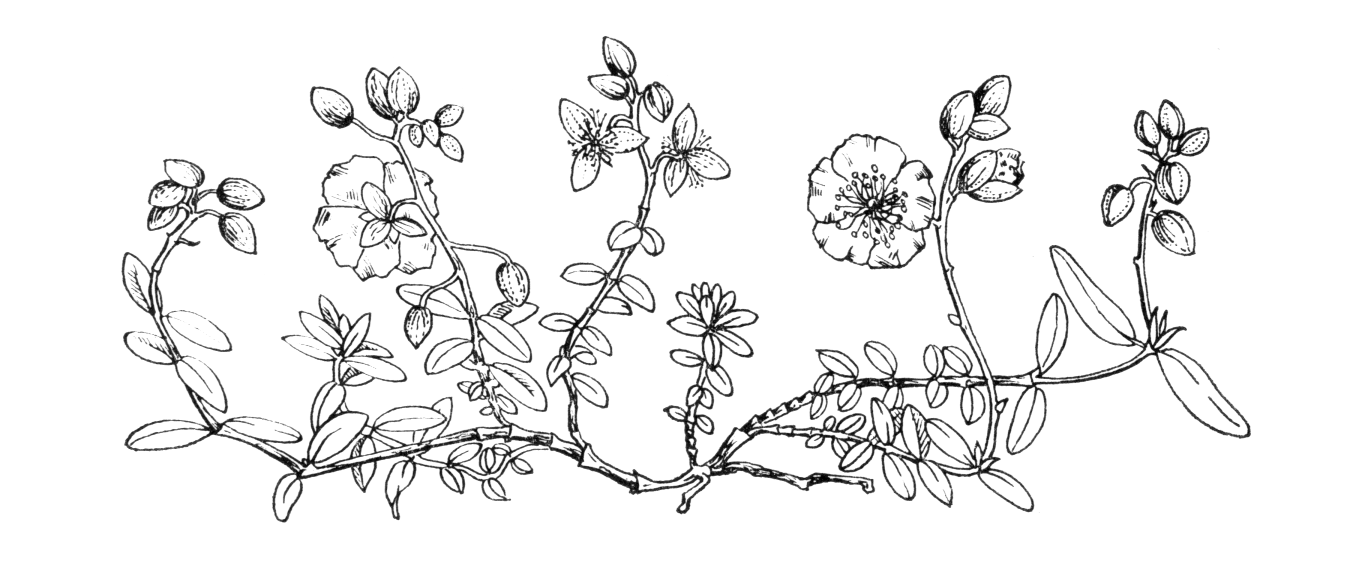Helianthemum
Credits
Article from Bean's Trees and Shrubs Hardy in the British Isles
Recommended citation
'Helianthemum' from the website Trees and Shrubs Online (treesandshrubsonline.
Family
- Cistaceae
Common Names
- Sun Rose
A genus of about 100 species, most of which are low, evergreen shrubs or sub-shrubs, though a few are herbaceous (these mostly annual). They are natives of Europe, northern Africa and of western and central Asia; the greatest concentration of species is in the Mediterranean region. Some botanists include in Helianthemum a group of about thirty New World species. There are four species of Helianthemum in the British flora, of which one is an annual; of the other three – H. nummularium, appeninum, and canum – only the first is widely distributed.
The leading characters of the genus are: Leaves entire and usually opposite. Flowers of wild plants commonly yellow, more rarely white or pink, arranged in terminal cymes which are usually elongated and raceme-like (compound in a few species). Sepals five, the outer two smaller and usually narrower than the inner three. Petals five. Stamens numerous. Style (in the woody species) long and slender (in the related Halimium it is short or absent). Fruit a capsule opening by three valves (and herein lies the chief distinction from Cistus, which has a capsule with five, six, or ten valves).
Helianthemums need above all things a sunny spot. They are best on some slope fully exposed to the south. Essentially sun-lovers, their flowers open sluggishly or not at all in dull weather, and their time of greatest beauty is in the forenoon. The flowers never last longer than a day; and in H. nummularium, its allies and hybrids, they mostly close up at noon. The flowers appear in extraordinary profusion, but each day’s crop is succeeded by an entirely different one the next. They flower from May onwards. Any soil of an open, loamy nature suits them; in nature they often occur on limestone. All are of easy propagation by cuttings. If a mild bottom heat is available, it is preferable to take cuttings in quite a soft condition; but if they are to be rooted under a handlight they must be left to get moderately firm, and put in about August.
For the garden hybrids see p. 367.

